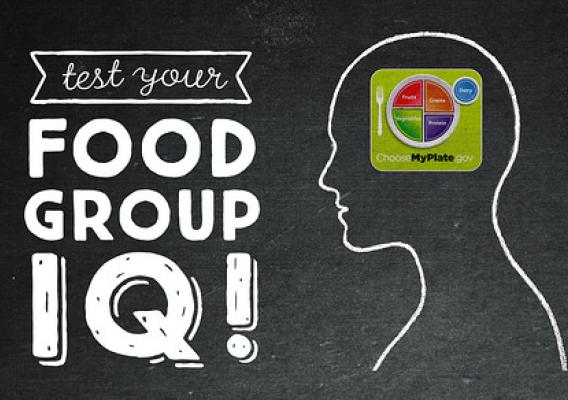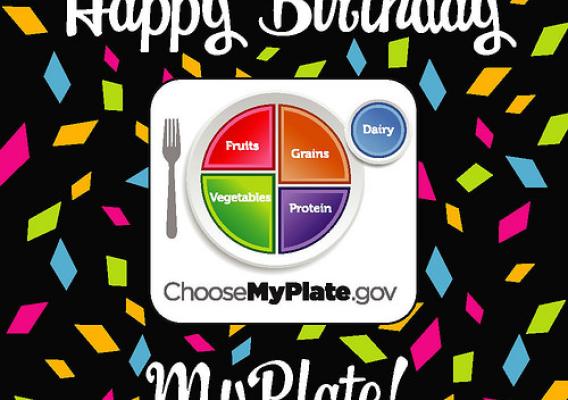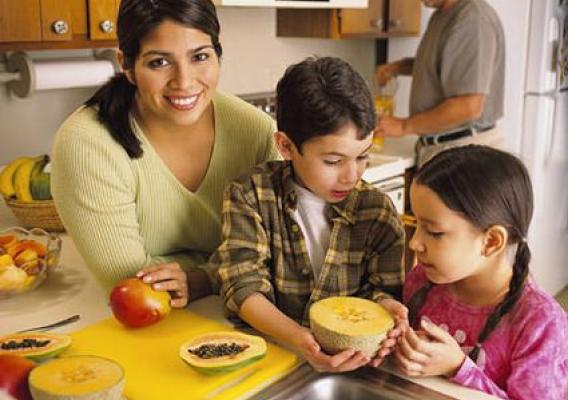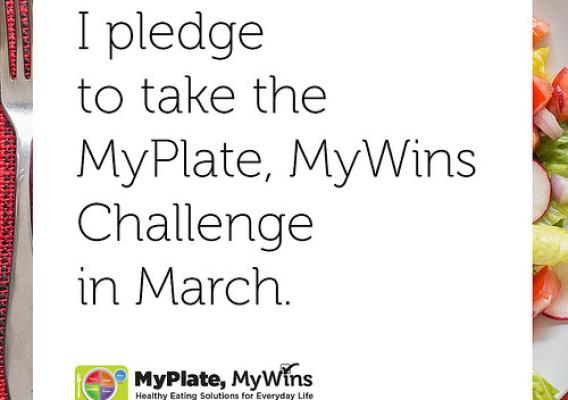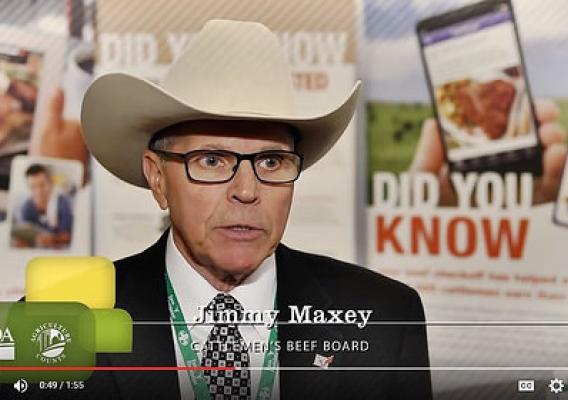March is National Nutrition Month. Throughout the month, USDA will be highlighting results of our efforts to improve access to safe, healthy food for all Americans and supporting the health of our next generation.
During National Ag Week we collectively celebrate the food, feed and fiber that U.S. farmers and ranchers provide every day. Agriculture now and in the future relies on accurate, timely and useful information. My agency is charged with gathering information from farmers, ranchers and others involved in agriculture. We ask for information on a wide variety of topics such as prices, farmland value and availability, sales, age and experience of producers, and where the food on MyPlate is raised. We in turn provide with great pride and gravity the critical public data that are necessary for making informed decisions in business, policy and research.
More often now than in the past, producers are asking why they should provide their information. To start to explain this, representatives of agricultural organizations who work for producers explain how they use NASS data, why they use NASS data and why farmers should respond to NASS surveys. Earlier, producers themselves and others in the Ag industry shared their stories about using NASS data. Together, they really start to highlight the value and importance of the information farmers and ranchers provide for us to produce official U.S. statistics on agriculture.


